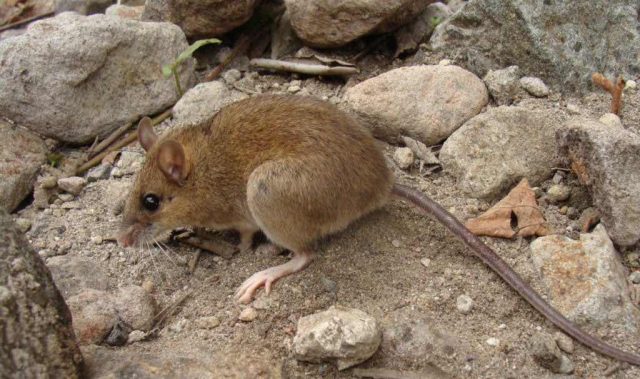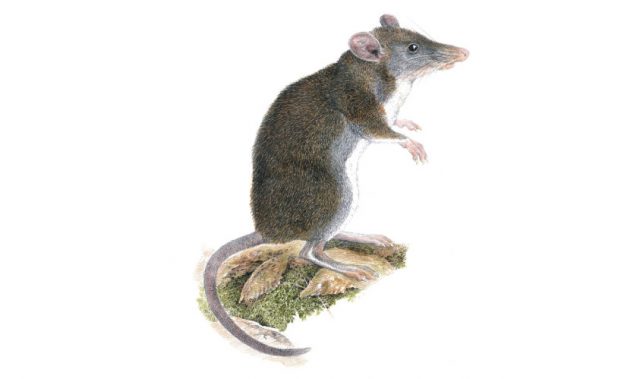
AsianScientist (Jun. 14, 2021) – Don’t let its looks deceive you—the fanged frog from Mindoro, Philippines is an entirely distinct species despite bearing an uncanny resemblance to a relative on a neighboring island. The differences lie in their mating calls and genes, reported an international team in Ichthyology & Herpetology.
To the naked eye, the Mindoro fanged frog and the Palawan-based Acanth’s fanged frog look exactly alike, both creatures having unusually large teeth and brown skin with dark markings across their limbs and mouth. Even for trained experts comparing all sorts of bodily dimensions, like eye diameter and leg length, the frogs’ physical characteristics were practically indistinguishable.
For more than a century, scientists thought that the two frog groups were the same species. But recently, researchers from the University of the Philippines Los Baños and De La Salle University-Dasmariñas, alongside collaborators from the US, discovered clear evidence to change their tune—establishing the Mindoro fanged frog as a new species scientifically named Limnonectes beloncioi.
Because these frogs lived on separate islands, the researchers had reason to believe that the two populations had grown apart evolutionarily, divided by miles of ocean between Mindoro and Palawan. Such geographical barricades are bound to prevent mating between the two groups, which would expectedly lead to variations in their traits.
As it turned out, there were indeed unmistakable differences—just not in the places where scientists were originally looking. Instead of going the traditional route of measuring body size and shape, the joint Philippine-US team listened to the male frogs’ mating calls, processing the audio recordings through computer algorithms.
They found that the Mindoro fanged frog’s call is structured as a single note, compared to the two-pulse note for Acanth’s fanged frog. Whereas the Mindoro mating call has a higher, more shrill sounding pitch, the Palawan tune has a faster tempo, with more notes repeated per second.
Given that these screechy signals are so different, it would be highly unlikely for the two fanged frog groups to mate, being unable to recognize each other’s calls. This variation provided sound evidence for their divergence into distinct species.
A deeper analysis of the frogs’ DNA showed that the Mindoro and Palawan populations were two separate lineages. In fact, their genetic variations appeared to be even more pronounced compared to other recognized fanged frog species.
Based on the genetic and mating call data, the Mindoro fanged frog represents a rare case of cryptic speciation—wherein a new species evolves while keeping the same physical features as another existing species.
“They are close relatives, but we found they’d been separate for two to six million years,” said lead author Mr. Mark Herr from the University of Kansas. “It’s a really long time for these frogs, and it’s very interesting that they still look so similar but sound different.”
The article can be found at: Herr et al. (2021) A new, morphologically cryptic species of fanged frog, genus Limnonectes (Amphibia: Anura: Dicroglossidae), from Mindoro Island, Central Philippines.
———
Source: University of Kansas; Photo: Scott Travers.
Disclaimer: This article does not necessarily reflect the views of AsianScientist or its staff.












